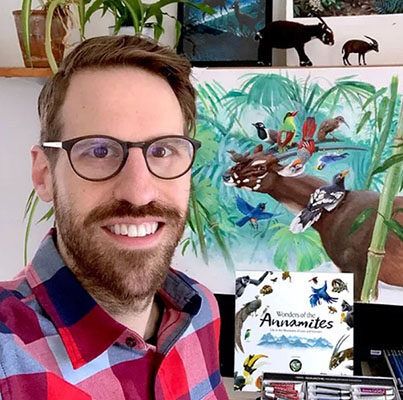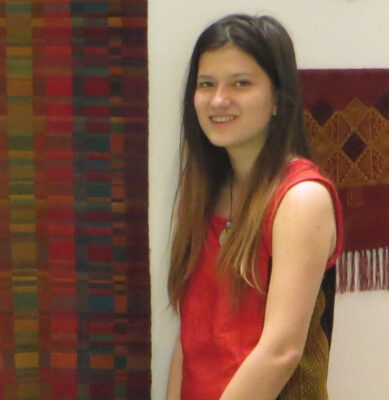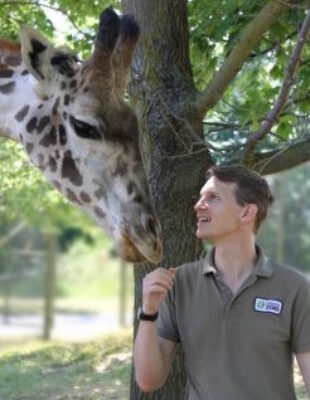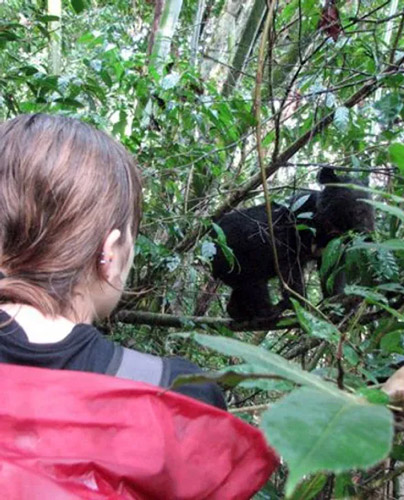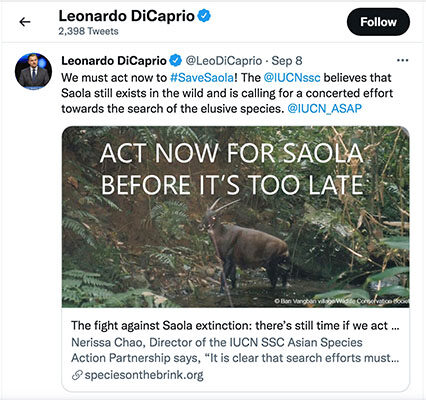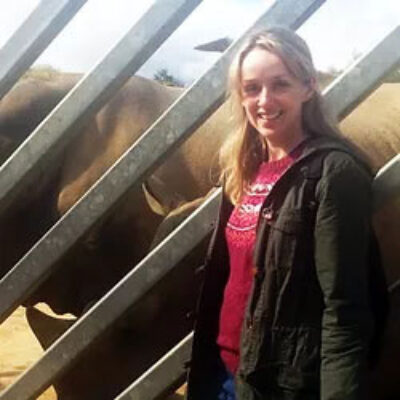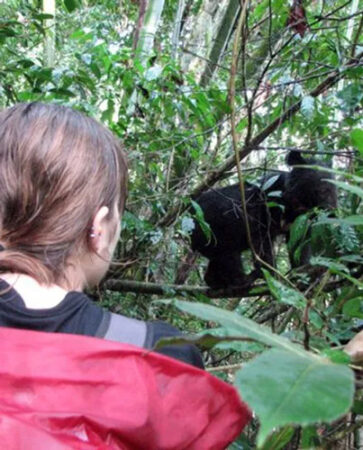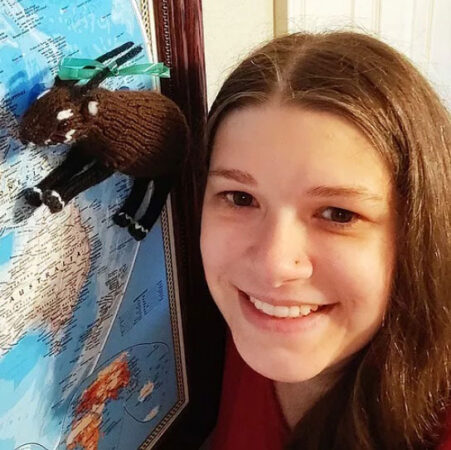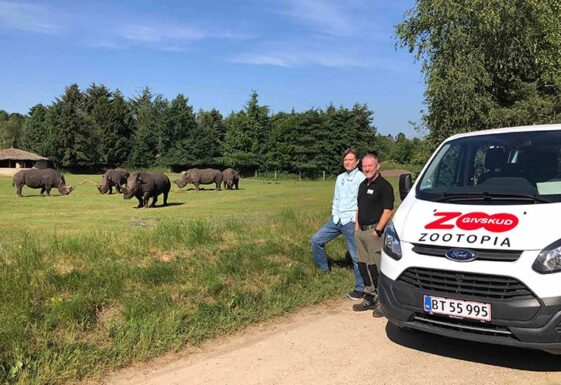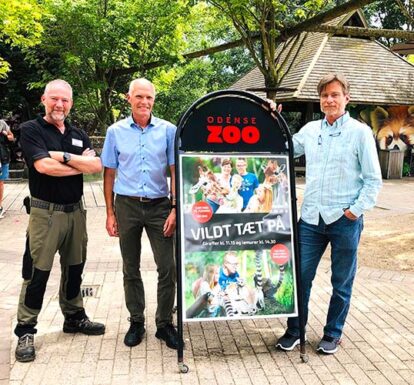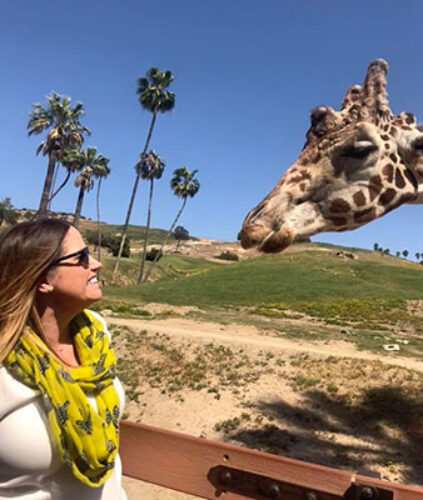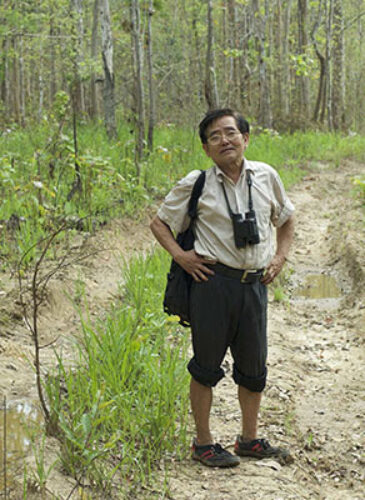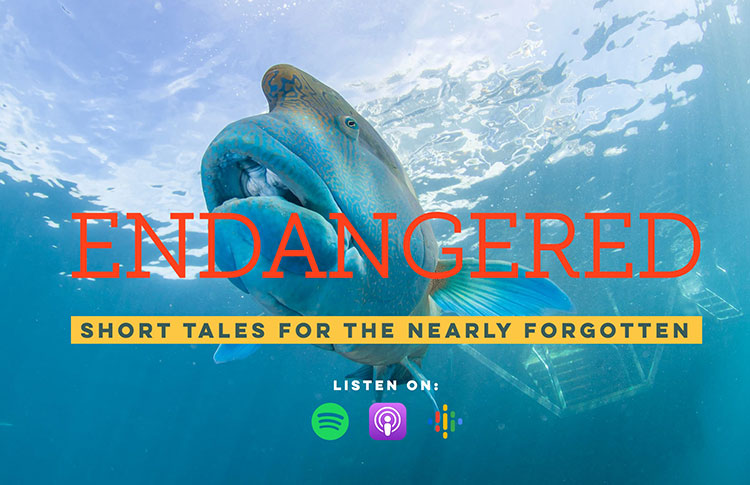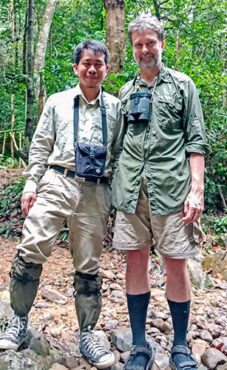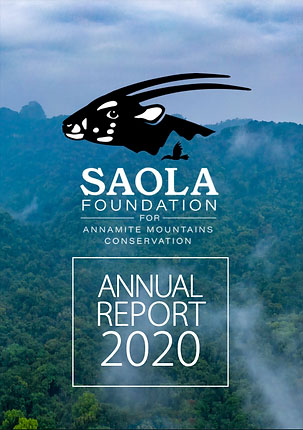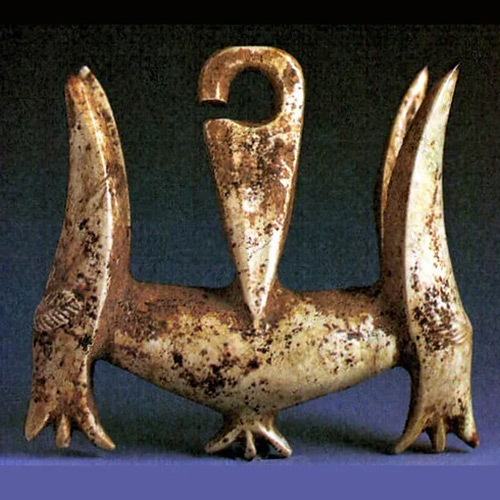Have A Look & A Listen: Revealed, The Next Extraordinary Items In Our “Find A Saola” Auction…
Dear Friends of Saola,
We invite you to enjoy a new podcast episode about Saola, by Czech conservationist Veronika Perková, including an extensive interview with Saola Foundation Bill Robichaud. Tune in here.
As the podcast makes clear, the Saola Foundation for Annamite Mountains Conservation is preparing to embark on one of the most important searches of our time for a wild animal. And you can help! Search for your own Saola, or another piece of Asian beauty, amongst the remarkable items in our “Find a Saola” benefit auction, starting next week.
Find a Saola, take it home, and help bring successful Saola conservation ‘home’! Together, we can do this.
The auction will run from Tuesday, November 23 – Sunday, November 28. Before the auction opens we will share details on how to bid. Here’s a preview of our next four very special auction tems. The first extraordinary one, donated by Dao Van Hoang, beautifully touches our auction theme.
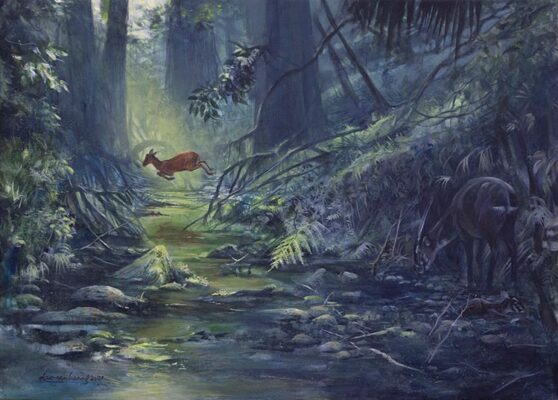
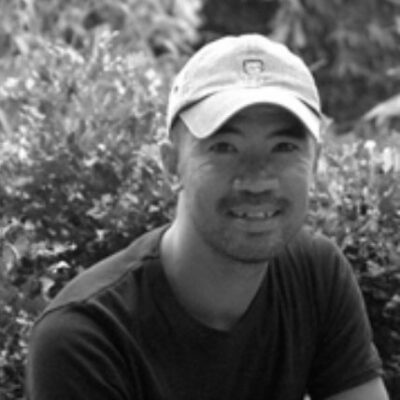
“The Saola is not only a source personal pride for me – an animal unique to our nations of Viet Nam and Laos – but also a source of challenge. I like to paint animals that are rarely seen and have few sources of reference. By painting little-known animals, I bring them to the public to enjoy, and it pushes my imagination. It also pushes my learning with the help of scientific experts, which is the most enjoyable part of what I do.
The idea for this painting was sparked by a quote from the Technical Director of the Saola Foundation, Rob Timmins, who has great confidence in finding the Saola in the near future. He said “Saola are still out there in the forest, it’s just that we don’t see them.” By that he means we simply don’t yet know enough about their behavior, and where and how exactly to find them. “
By ‘hiding’ the Saola in a low contrast area of the painting, and drawing the eye’s attention to a Red Muntjac jumping across the stream, I hope to capture the fact that Saola is there in ‘plain sight’. It is in the forefront of the painting, not hidden by trees or brush, but we might be distracted by other things and so miss it.
Of course, it won’t be long before the viewer has the reward of finding the adult Saola, and then maybe something else…something of hope. In summary, my painting is a story of confidence and of hope.”
Dao Van Hoang is widely regarded as Vietnam’s premier wildlife artist. Born in Saigon (now Ho Chi Minh City), Hoang stared drawing with chalk on his family’s concrete floor when he was two years old. He subsequently, lived, studied and worked in France for many years, before returning home to Vietnam in 1996. After a career as a creative director in advertising, Hoang devoted himself full-time to wildlife painting in 2013. www.daovanhoang.com.
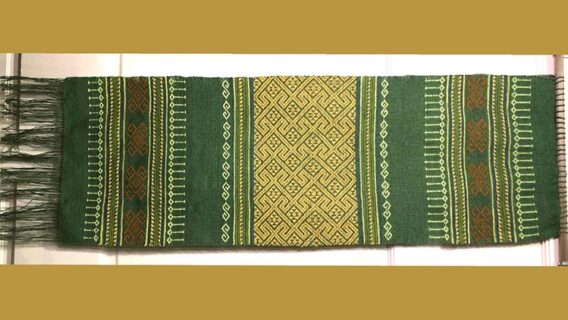
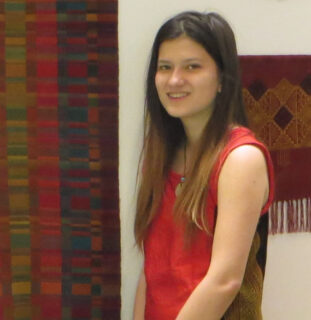
“In traditional Lao visual arts, including textiles, motifs of aquatic animals are used to evoke abundance. This weaving, based on traditional Lao designs, incorporates stylized images of fish in the center (‘deepest’ part), and crabs along the edges (the ‘shallows’). The green background evokes the Annamite Mountains (‘Saiphou Louang’ in my native Lao language), through which many life-giving streams flow.”
Although just 24 years old, Alonda Robichaud has been a passionate weaver for nearly a decade. For example, years ago for her high school final year study project, she produced a series of weavings reflective of the distinctive weaving styles of various ethnic groups in her home country of Laos. Today, when not engineering software or cooking delicious food for the charity Food Not Bombs, Alonda can be found absorbed at her full-size loom in her Brooklyn, New York apartment (or hanging out with her dad, Saola Foundation President Bill Robichaud). You can stay in touch with her weaving at: https://www.instagram.com/tis.sage/
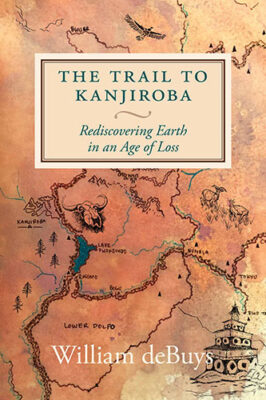
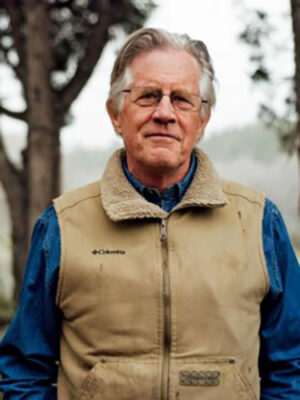
“The Trail to Kanjiroba is the final book of an accidental trilogy. It began with A Great Aridness (2011), which examined the likely impacts of climate change on the American Southwest, and continued through The Last Unicorn (2015), which explored the saga of the Saola and ultimately became an inquiry into biodiversity loss, and what to do. The trilogy was “accidental” in that, at the outset, I had neither the foresight nor the audacity to take on a three-book project. One project, however, led to another, and eventually, after dwelling in the subjects of climate change and extinction for quite a few years, I had to pursue the question, “When we know all that, how do we stay committed, how do we not lose heart?” The Trail to Kanjiroba is my answer.”
Bill deBuys is the author of ten books, including The Last Unicorn, one of Christian Science Monitor’s 10 Best Nonfiction Books of 2015; River of Traps, a New York Times Notable Book of the Year and a Pulitzer Prize nonfiction finalist; The Walk (an excerpt of which won a Pushcart Prize in 2008); and A Great Aridness. In 2008-2009 he was a Guggenheim Fellow. He lives in the mountains of New Mexico. www.williamdebuys.com.
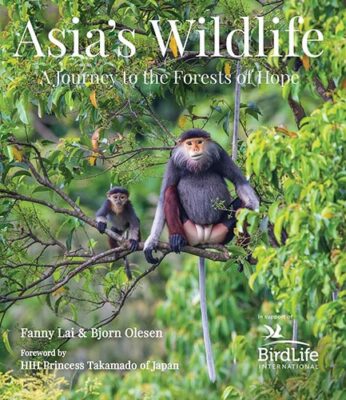
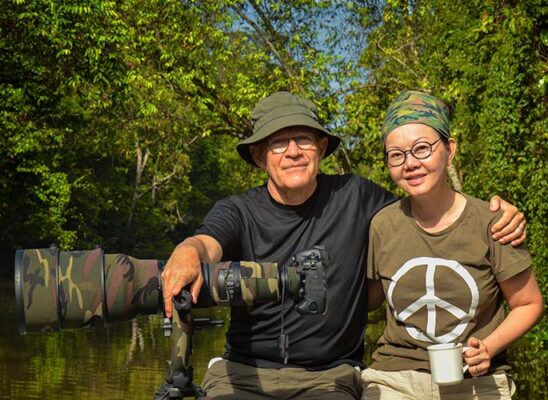
“When I was asked by Bjorn and Fanny to contribute some text and photos about Saola and Large-antlered Muntjac to their book, I had no real idea of what I was getting involved in. When I saw the published product and Bjorn’s photos, I was stunned, blown away. These are some of the finest photos ever taken of Asian wildlife in the wild. Absolutely extraordinary.” – Bill Robichaud
Fanny Lai and Bjorn Olesen, residents of Singapore, are retired business leaders, passionate conservationists, and remarkably gifted photographers and writers.
https://www.facebook.com/bjornolesenwildlifephotography


